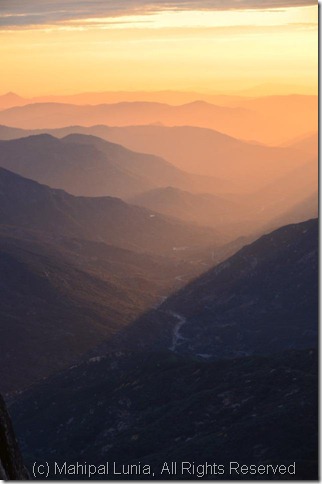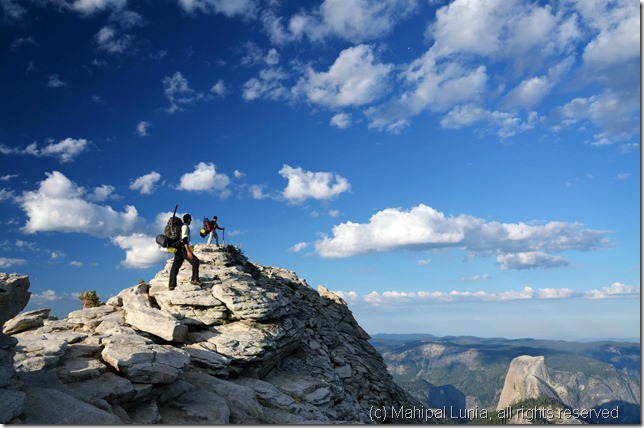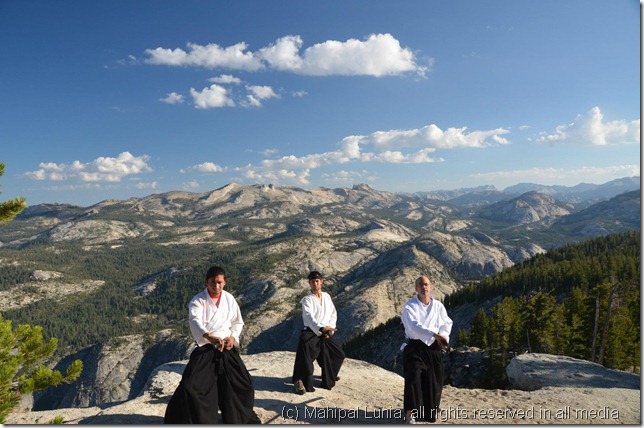This personal essay will explore the following ideas:1. The difference between a coach, trainer and, a Sensei
2. The concept of Finite and Infinite Games, and how only a true teacher takes you to the life playing infinite games
3. The dangers of certain kinds of modeling—Deep Trance Identification and Borrowed Genius process
4. How our experience of space-time changes based on mode of learning
5. The real teacher/Sensei throws you back deeply into yourself
6. Learning from the ultimate teacher—yourself
7. The real Alchemy—inner transformation
Walking down the steps from Udai Vilas (the grand palace of the Udaipur Royalty) toward Lake Pichola is a sight few ever get to see, and one you can never forget. At 5:15 am, Venus shone high above me while the other lake Palaces glittered in the light as though made of gold. The chill of the desert winter was forgotten as serenity and peace engulfed me like a warm blanket. I approached the water and waited as the sun’s rays made their first appearance, and the deep blue waters first turned a light saffron and then a milky white. As the light continued to infuse the environment and the birds started to sing, the reflection of the small wooden boat under me was perfect.
The ambiance created the perfect dojo. I found myself practicing both my advanced Kaze Arashi Ryu Tai Sabaki forms and BaguaZhang’s Thunder Palm change. Martial Arts have been my approach to the deepest recesses of my own soul: for me, the way of the warrior is about a deep immersion, a disciplined approach of going into one’s Self and then offering ones gifts/talents in the service of something far greater than oneself. This is what the Samurai ways mean to me—after all, the very word “Samurai” means to serve. Just as light from the sun changes the colors of the waters, so does one’s life and one’s environment when we allow the light from deep within the Self to radiate and infuse all. That morning, in that sacred aloneness, it was as though a bolt of lightning hit me. It was the perfect metaphor of the unraveling of the Self, of a student’s path towards mastership, towards being a light into himself.
For this requires a very disciplined approach, what I call the principle of deep immersion..
This insight transports me back to a few years ago, to the pristine beauty of a Shugyo at Marble Falls in California’s Sequoia National Park where the water crashes down mountains of marble. The water and surrounding marble slabs had been ice cold as we finished training Irimi Nage variations on the edge of the waterfall. Two students were now preparing lunch and asking questions. Our topic was the difference between the arts as a way of life and as a hobby. “We generally get what we put in, and for me, the real battle is the battle for your consciousness. The right to your consciousness has to be won. It can be neither traded for nor handed to you. And to win that battle is an approach to life, not a hobby. Be it the Warrior Monks of Asia, the Sufis of the Middle East, the Tantriks or the Yogis of India, The Gnostics of Europe, or the Mystics of the American Freedom movement—the discipline is lifelong, and, quite frankly, there are no shortcuts. The price of that freedom, of that consciousness, is your total dedication to it.
After a healthy lunch of fruits, nuts, and some bread, we started the hard hike back to the car. The senior student asked, “does not all martial arts practice lead you to this consciousness, Sensei?” This was a tricky question, for I wanted to do justice—not only to my approach, but to any other as well.
I replied, “there are many paths to this—mine happens to be martial arts. But other paths are just as valid. Over the years, I have learned from many fine teachers, but only a few have left their deep imprints. Those are the ones that truly taught me. In my opinion, you can learn from a coach, a trainer, an awakener, and finally from the Self. Each leads you to a different depth, a different rhythm, and a different perception of space/time and life itself. Each one serves a valuable role, depending on where you want to go. Therefore, choose carefully.”
The path through the marbled mountain, sage trees, and ice-cold running water challenged and fascinated us, and our conversations gained an even deeper intensity. Perhaps the new student was both overjoyed and confused with this first wilderness trip, including the training on a waterfall’s edge—for he later confessed these were rather deeper and different conversations than he was used to. “I am not sure I follow, Sensei. Aren’t a coach, trainer, and sensei the same? Are they not just Western titles for the term ‘sensei’?”
“NO! There is a profound difference. Let me share some stories that may perhaps shed some light on this.” I continued, “There was a time when I studied competitive fighting seriously and won many competitions. My instructor emphasized competitive sport fighting techniques, and even though we studied Shotokan, we mostly drilled in just the few techniques that scored points. Combinations like uraken-gyaku zuki-mawashigeri (backfist, reverse punch, and roundhouse kick) were done hundreds of times. When we practiced Kata, we focused on the appearance and scoring ability of the form – not bunkai (applications). The emphasis was on the appearance of perfection. He had a clear goal: win as many medals as possible, and defeat those who stand in our way. But even the best of students has a small window of opportunity for fame, and after that, most just experience emptiness and quit. For he was a coach: he optimized students for the small term, competitive victories and then moved on to the next bunch of competitors.”
The students nodded and asked me to continue. “Z, you have taken a lot of sales excellence courses. You’ve had sales coaches—they come in and teach a few skills that have worked in the past with the goal of winning the account, usually by defeating the competition in any way possible. They probably put a lot of emphasis on things like creating rapport, influence strategies, and language patterns from Neuro Linguistic Programming. Their emphasis is on sizzle and pizzaz to impress, to close and to move on. There are metaphors like “it’s a dog-eat-dog world” or “it’s a rat race.” You live in a Zero-Sum World where the other has to lose in order for you to win. This is what James Carse, in his brilliant book Finite and Infinite Games, has called a Finite Game. Finite Games have a definite beginning and ending. They are played only with the goal of winning. A finite game is resolved within the context of its rules with the winner of the contest being declared and receiving a victory. Rules exist to ensure the game is finite. Think about this for a moment: if you buy into the dog’s world or the rat race metaphor—and even if you win—you still are a dog or a rat. Now, don’t get me wrong. I am not condemning the coach. I am, however, questioning the universe you want to live in and the metaphors you want to live by.”
The late afternoon sun was beating down on us and we sat for a small break. I pulled out my bottle of coconut water, relishing every drop of it. It has a high degree of electrolytes and is very similar to blood plasma in its composition. For me, this is perfect hydration. The two students cut up some mangoes and we devoured the sweet fruit in the hot sun. After burying the bio waste and adhering to our dojo’s “leave no trace behind in the wilderness” policy, we continued our journey down the switchbacks. The students were ready to continue our conversations and the senior student asked, “Sensei – what about the difference between the trainer and sensei?”
“You remember the Kenpo teacher who I have spoken about many times? He put a lot of emphasis on physical fitness along with a few key techniques, especially Kenpo’s signature move—the lightning-fast hand strikes. The physical form and the aesthetics of a powerful body were of prime importance, and we placed a lot of attention on attribute training: speed, power, endurance and flexibility. They are important, but are still in the realm of Finite Games. For while you train the body and its muscles, with age they decline. My instructor, though powerful, had seen his skill decline and seldom demonstrated techniques in full speed or form. Many times he would speak about philosophy and Zen, but it was not a lived or embodied experience. I see him as a trainer, as he trained us to be lean, mean fighting machines. And I must emphasize it was about us being lean fighting machines—not human beings.”
Here, I was marking out and adumbrating my students’ learning patterns with my peripheral vision, as I usually do with my more serious students. The skills I’ve learned over the years of deep immersion in NLP are useful tools in helping teach more effectively. Noticing that the newer student was a little confused and lacking in the martial art context, I attempted to connected things for him: “When you were being coached in sales, you later moved to learn more about personal development, yeah?” He nodded, so I moved in deeper. “You then attended expensive weekend seminars to learn things like strategies for success and modeling excellence—the heart of NLP. You can learn the mathematical precision on how things work, how both your mind and that of the other might work. This is the progression from being coached in applications like rapport and influence blindly, to being trained in learning how things work rapidly. And then there is another way, using processes like Deep Trance Identification (DTI) and Borrowed Genius.”
The students stopped in their tracks, for now I had their complete attention. Learning was about to truly begin. “Deep trance? Borrowing genius? What are you talking about, Sensei?” We sat down under a large tree, unloaded the 40-pound bags, and rehydrated ourselves—which is very important in any backcountry trip. “Milton Ericson coined the term ‘Deep Trance Identification.’ It is a profound state of deep trance where you step into the target/other to experience and identify their world fully from within them. I did DTI multiple times over the years to enter into the world of one of the most iconoclastic trainers in the world. I stayed in the process for extended periods of time. And it started to change me from the inside. Interestingly, it also started to change my physical body, my tone, my language, my experience of time…everything.” The students got excited and wanted to learn the process from me. This was not the first time this request was made.
In response, like those many times before, I emphatically continued, “Don’t rush, wait a little and let me complete my story. The processes impacted my personal relationships drastically, and as far as my opinion is concerned, I learned a LOT, and my skill level in NLP skyrocketed…but I lost a lot more in the process.
I lost me.
I stopped doing the DTI and Borrowed Genius process completely, and instead invested in unlearning and rediscovering my core essence. Now, I won’t do or teach this process anymore—for I think it takes you away from the journey into yourself. If you want to satisfy your curiosity about this seemingly magical process, look for Milton H Erickon’s work on it, or Win Wegner’s work on Borrowed Genius, or Ostrander’s SuperLearning. And I must warn you again: I do NOT recommend even experimenting with it until you have a firm base in yourself, into the very core of who you are.”
The senior student protested, “Sensei, if I can do DTI with you, I could learn what you have to teach so much sooner and more effectively. Would that not be a logical way to pass down the knowledge you want to hand down?” I recognized the logic—for I had used it to justify my own decision to DTI many years ago—and it had cost me a lot. With compassion and love I said, “What I want to pass down is knowledge far greater than just martial skill. It’s about knowledge of oneself. Now if you spend time to become me effectively, to get access to my skill, metaphors and worldview—who will be you? And what happens if you suddenly discover you don’t like me or my universe—how will you unlearn this? Believe me, I would do you the greatest disservice if I tried to make you an image of me by teaching you these processes and enabling you. I again go back to JC (Joseph Campbell), who once said that the job of the educator is help the students see the vitality in themselves. It is about discovering your own aliveness, your own rhythm, your own beat—not replicating your teacher’s beat or rhythm. Helping you discover your own vitality is the job of an Awakener or True teacher, where as a trainer would be flattered to make you in his image and teach you the skill (for a handsome fee of course.)”
It was time to move on, and as we stood up I showed the students how to triangulate our position and our base camp by using high points in the environment. The path was clear and we resumed our hike. “Sensei, can we continue our conversation? This is fascinating.” The new student was raw, curious, and respectful, and I saw his potential in becoming a long-time apprentice of the arts. So I continued, “As you immerse yourself in truly learning things, you become an apprentice to power— personal power. This is where a true Sensei, true Guru, or true Master comes in. A master (Sheik in Sufism, Guru in Tantra, Sensei in martial arts) is one who forms a formal allegiance with the novice and takes him down the path he has travelled himself in order to help the student find his own path. When you are in his or her presence you will feel pulled into him/her. There is charisma in the truest sense of the word. See, a Sensei means someone who is father-like, someone who has walked the path before you. And the often misused Indian word ‘Guru’ is pregnant with meaning. It means to be heavy with heaven, to be the destroyer of darkness.”
The students and I continued walking slowly down the never-ending switchbacks. “The Sensei, Guru, and Sheikh, are what Robert Frost referred to as awakeners. He introduces you to yourself using everything he has at his disposal. He may use martial arts, dancing, or any other crazy tasks he dreams up to destroy the darkness around you. In the process of destroying this darkness, he expands the light in and around you so more of the universe becomes visible and navigable. Acharya Rajneesh/Osho in one of his discourses referred to this power of the Guru as a voice of God. He is a mirror. He reflects you, reflects God. The Guru always throws you back to yourself and does not bind you to him, because a Guru is life itself. The real Guru is God himself.”
The newer student jumped in with his question: “Who teaches this? Is there a person I can go learn this from? Are there courses to go to?” I laughed hard and said, “Well, you have to find them—and it’s not an easy task. I was lucky to have a few of them in my life, especially Sastri Sensei and Gundappa Uncle. One walked the way of the warrior and the other literally walked with Mahatma Gandhi on the path of non-violence. They both have taught me for two decades in very different ways, but they always pushed me back into/towards myself. Both taught me not to be a copy of them, or as Sensei would say, ‘don’t be my vomit!’ He has a flair for getting his points across dramatically and in a way that sticks. Gundappa Uncle would always gently laugh while advising to listen to that small voice in your own heart and to remember there is no enemy; there is just a part of us that is perhaps unaware. Now that’s what a Sensei or a true Guru really does. They introduce you to yourself, and start you on the journey deep into yourself. That’s why I like the term ‘Awakeners.’”
“They are the ones who bring James Carse’s Infinite Games exquisitely and effectively to life. Infinite games do not have beginnings or ends, and are played with goals of continuous play and bringing more people into their folds. The rules are allowed to change in order to allow the game to go on. Carse has rightfully identified life as the only true example of an infinite game. Hence the Awakeners bring you to life, or to your true vitality—to your aliveness.”
We were quickly approaching both night and end of our supplies, and had perhaps a mile to go. I wanted to wrap up this dialogue before we reached the car, as it required our utmost attention. “You know in India & Tibet we have a saying,” I continued to recite the Sanskrit verses and its translation:
Gurur-Brahma Gurur-Vishnu Gurur-Devo Maheshwarah. Guru-sakshat Para-Brahma tasmai Shri Gurave Namah.
Guru himself is the creator, sustainer and the destroyer. He is the very transcendental divinity, (the timeless life-principle, which is the very essence of the creator) My reverential salutations to that glorious teacher.
“A guide in the ancient stone temples of Halebidu recently joked with me that that the word GOD is an acronym for Generator (Brahma), Operator (Vishnu) and Destroyer (Shiva). And damn, was he right on. The Guru is referred to as God in many Asian cultures because he helps create your soul, sustains your development, and systematically destroys your false ego. Replace the word ‘Guru’ with ‘Sheik’ or ‘Sensei,’ and you still have the same results. Don’t be stuck on the title. And don’t assume I am suggesting you treat him like one; however, when I do find such a teacher, I treat him as the greatest blessing.”
The senior student was quick to catch on and said, “So this is why you always quote to us Hesse’s lines of ‘Every man is a journey to himself’.” I was overjoyed and said, “YES. Yes. Yes. The greatest secret perhaps is to find yourself where life happens naturally, effortlessly, and rightfully. Where the aliveness infuses you, and infuses all that comes around you. When you reach this place, nothing is now desired, yet everything is given. Allama Iqbal, one of Pakistan’s eminent poets captures this beautifully in Urdu:
Khudi ko kar buland itna ke har taqder se pehle Khuda bande se ye poche bata teri raza kia hai
Make thy Self’s (higher self) presence/will so strong , that before every destiny is carved – the master asks his servant what is thy wish
We reached the car—the eight miles of hiking back after training on the waterfalls had come to an end. I wanted to close this loop before we headed back home: “Next, after been thrown deeply into yourself over and over again by your teacher, you start to wake up to yourself. You start becoming an individual, and in many ways a mirror back to the world. Perhaps now you too can help shine that light into and through someone else. I believe that’s all there is. In listening to Bucky Fuller many times, I was attracted to an idea where he referred to himself as ‘Guinea Pig B’ and experimented with the universal laws on himself. This is what Krishnamurti calls the pathless path you have to thread. You are the experiment of nature. You are the goal. You are the process. You are consciousness that needs to be awakened from the hypnosis society puts you in. You are IT. This is a continuous process. When learning more and more of yourself—from yourself—stops, you stop.”
“And the more you journey into yourself, the lighter you become to yourself and the world around you. That’s what the dojo is supposed to do. To me, the word ‘dojo’ signifies the place of the way to yourself, and the sensei is the one who helps you find yourself. And for this journey, you need to have a deep immersion into the art that calls you. Surrender to it, and in the process you will surrender into yourself. The art you learn is also then transformed by the new life your Being will breathe into it. Once it again rejuvenates, it becomes fresh and timeless. What’s required is a deep immersion for the principles of nature itself to unravel.”
With this, we got into the car and started our drive back to the Bay Area. I had hoped I had explained to my students the difference between a coach, trainer, and a sensei. We had been driving mostly in silence for over 90 minutes when the senior student asked me, “Sensei you mentioned space-time in passing, and how that’s different in each approach. I am not sure I follow it. Can you say more?” This could go on all night, I thought, and I wanted to keep the contexts clean. So I said, “Think about it this way—a coach, a trainer, and an Awakener will take you to different depths. Each one of these approaches/worlds has a different rhythm, a different orientation of time and space. Let me use the example of cross-cultural communication, or anthropology, to be more precise. Ed Hall did some pioneering work here, and if you find time and want to be enriched, study his books—try The Silent Language, The Hidden Dimension, Beyond Culture and The Dance of Life. Now, back to cross-cultural communication. If you study a foreign culture from a book, or take a short course on it, you will not even scratch the surface. You are trying to cheat your way through a culture. Perhaps a little training in the language and its culture will open a bigger world for you. It will fascinate, but the differences will still frustrate you. Z (the senior student)—you have experienced this coming from Mexico to the United States a few years ago. Only a deep immersion into the culture will unravel its secrets to you over time, until it no longer is foreign. So each one of these ways of learning will open the world to you on different levels, and your experience of both the space you can feel and the time you can experience will transform completely. Similarly, as you dwell deeper, so will your sense of your Self, your world, and your time/timelessness.”
We reached home, and I was glad to be in bed. That next Tuesday’s session in the dojo, I began with a verse from the Rig Veda I had learned from Maharishi Mahesh Yogi:
Richo akshare parame vyoman Yasmin deva adhivishve nisheduh Yastanna veda kimricha karishyati Ya ittadvidus ta ime samasate
The verses of the Veda exist in the collapse of fullness (the kshara of ‘A’) in the field in which reside all the Devas, the impulses of Creative Intelligence, the laws of nature responsible for the whole manifest universe. He whose awareness is not open to this field, what can the verses accomplish for him? Those who know this level of reality are established in evenness, wholeness of life.
“You see, until you don’t realize the source of your creativity and unfolding that lies deep within yourself, and until you don’t tap into this resource, you are just incomplete. All learnings—whether from journals or books or seminars—will be incomplete and not a state of reality. This is another way of thinking about the immersion principle, and the immersion is into oneself. Only the immersion deeply into oneself can be the wellspring of life. The Self is ultimately the MahaGuru (the great teacher), the greatest Sensei. This is the journey from fragmentation to wholeness, and sometimes it is trial by fire to get there, but every bit is worth it. The tools I know are here in the martial arts primarily—so let’s get on with our training.” And with that, we started our practice on the variations of Irimi Nage, much like we had done on the edge of the waterfall.
But, at the end of the class, I wanted to connect the space/time differences back to the martial arts. “A coach will teach you to score points by focusing on your opponent’s miai (distance) and timing your attacks to his movement. A trainer starts to bring your awareness of your circle of safety (space/distance), and how to throw off the opponent’s timing by changing yours, perhaps using concepts like broken rhythm and variations of your own speed. The Awakener takes you to a place where a dance is happening, where flow is induced and nothing is interrupted. And when deep in yourself, you just enjoy the play of space/time around when need be. Enough for today. Go discover it yourself.”
I find myself now sharing this path of learning and self-expression fully with all the students who come along. My personal goal is to be a true Sensei—like my teachers before me. The path is fulfilling, and in the course of teaching the whole immersion method, I find that both my students and I change deeply. The better description is that it’s mutual alchemy. I was asked once why I don’t teach more students or in studios, and this is precisely the reason I won’t. This method of teaching and learning can only happen in small groups—the bond is sacred, and the only limits your results have are those of your input. This method of both learning and teaching have left me a far richer man than I was before—for the importance and power of what you deal with here matters far more than money or fame.
And in closing, it’s my hope that as you immerse deeply into yourself with whatever tools/paths take you there, that just as the Lake Pichola at sunrise transforms the colors from the engulfed darkness to the beautiful saffron to the clear white, a life like the boat is mirrored back for you beautifully.
– Mahipal Lunia, 9th January 2013
– Stream of consciousness writing to explain the guiding philosophy of Mt. View Aiki Kai by Mahipal Lunia Sensei. These are his own personal views, and do not represent the art/s, system/s, or teacher/s he has studied with.
Technorati Tags: Deep Immersion,Irimi Nage,Marble Falls,Coach,Trainer,Sensei,James Carse,Finite and Infinite Games,attribute training,Adumberate,Edward T Hall,Deep Trance Identification,Borrowed Genius,Awakener,Sastri Sensei,Gundappa Uncle,Osho,Allama Iqbal,Khudi,Alchemy,Mahipal Lunia,Mahipal Lunia Sensei
Highly Recommeneded Resources
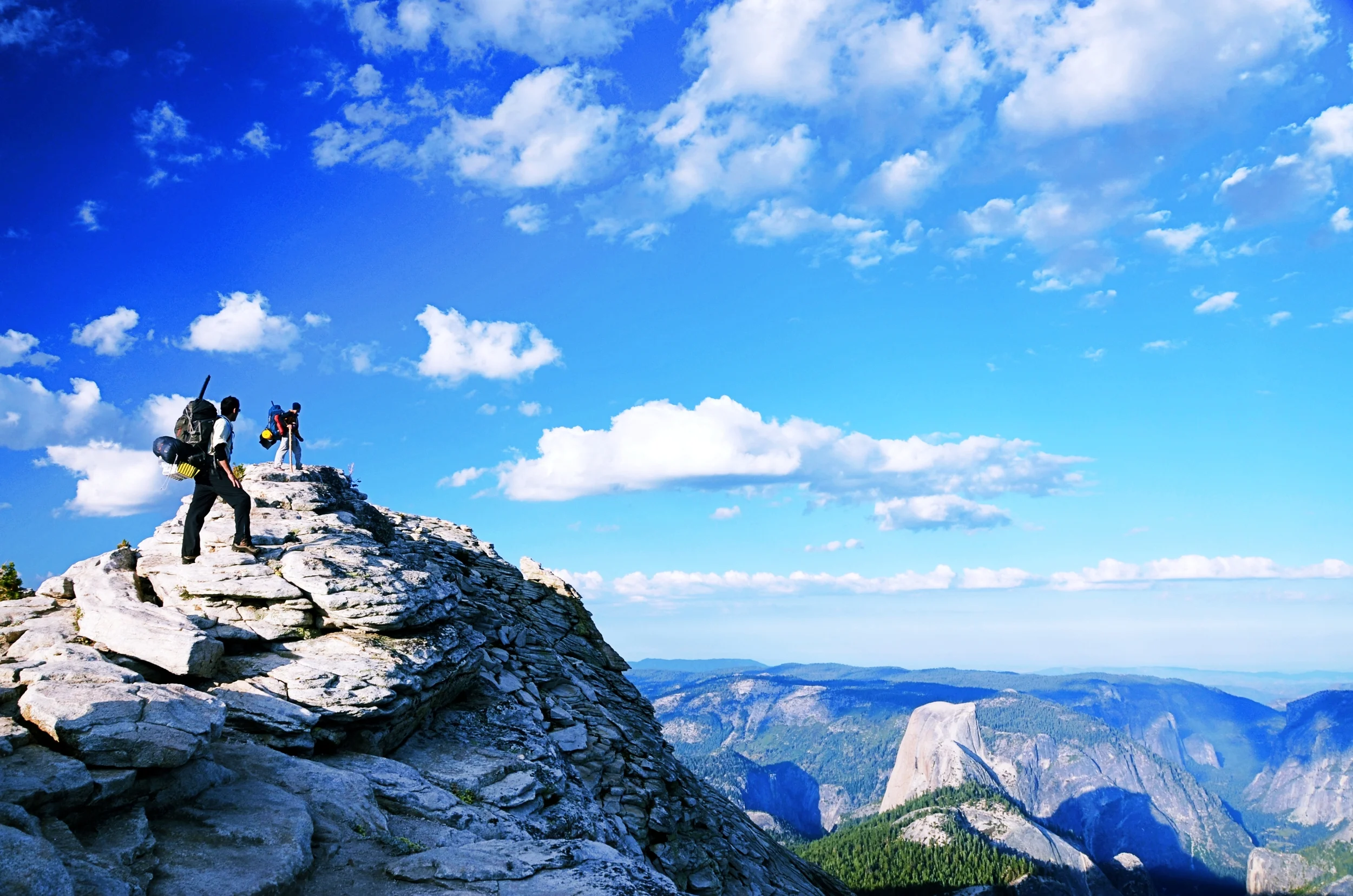






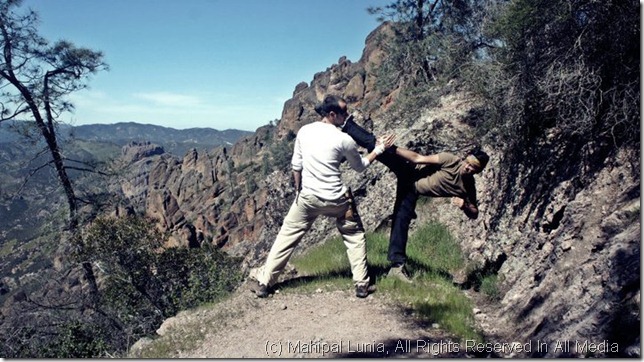
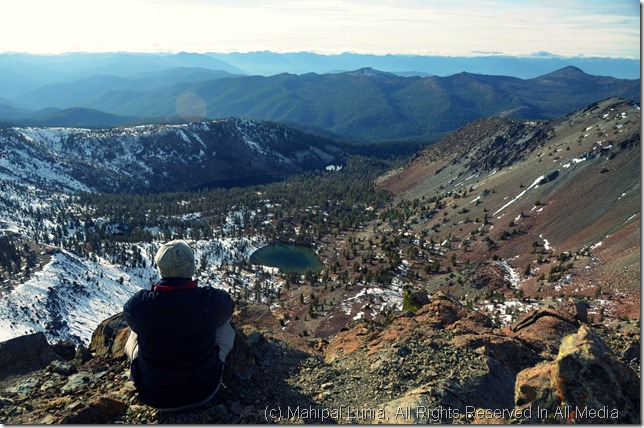
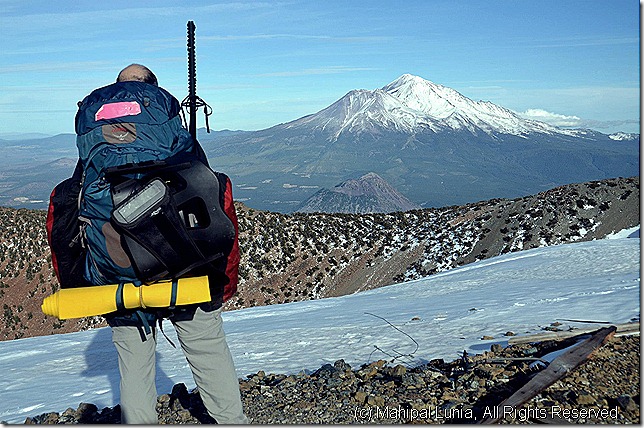

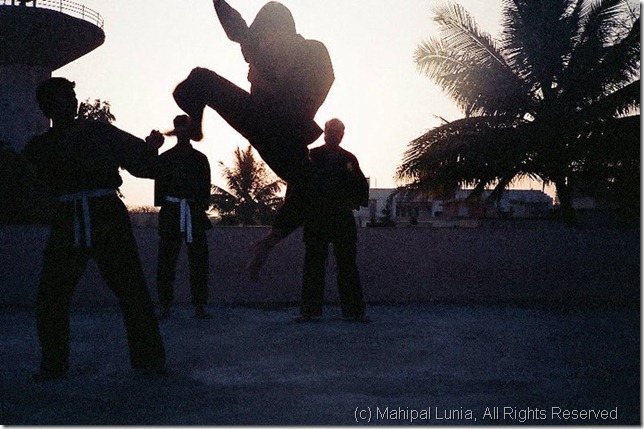 The cold breeze in November at 4 am does more than wake you up, as I ride a few kilometers to pick a friend up for our early morning Kenpo classes. This was a daily routine, been going on for over two years to train with a rather eccentric and rather combat oriented
The cold breeze in November at 4 am does more than wake you up, as I ride a few kilometers to pick a friend up for our early morning Kenpo classes. This was a daily routine, been going on for over two years to train with a rather eccentric and rather combat oriented 